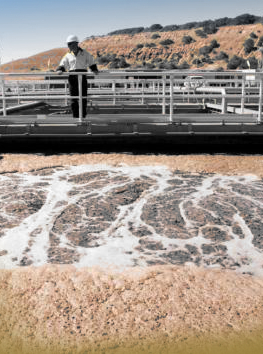Weed peaks in water sweep
 Wastewater samples have revealed a shift in Australian drug use.
Wastewater samples have revealed a shift in Australian drug use.
Wastewater samples taken during 2020 show that methamphetamine (ice) use plunged in Australia during the first COVID-19 lockdown while cannabis use spiked.
Western Australia recorded the largest drop in ice loads, falling more than 50 per cent between April and June 2020, which was attributed to border closures restricting imports of the popular drug.
Cannabis is largely produced locally so national supplies were still plentiful, and wastewater samples reflected this, with all states except the Northern Territory showing large increases in cannabis use.
Approximately half of Australia’s cocaine users stopped using the drug – or cut down drastically – during the lockdown when global supply lines were disrupted.
This was reflected in the wastewater loads but once restrictions were eased, cocaine use returned to pre-pandemic levels. A similar pattern was seen with MDMA use.
The 2020 samples showed that South Australians drank significantly less during lockdown, consuming 12 per cent less alcohol than normal, with NSW and Northern Territory also taking a more sober approach. Alcohol consumption – albeit lower in total – was evenly spread over the whole week during the three-month lockdown, with the closure of bars, hotels, nightclubs and social gatherings curtailing a normal weekend spike.
Once restrictions were eased, alcohol use spiked, particularly in the Northern Territory which came out of lockdown earlier than the other states.
While ice use fell drastically in WA and other parts of the country, falls in South Australia and Victoria were more moderate and delayed, suggesting that both capital cities in these states had residual supplies of the drug.
“Job cuts and loss of income could have contributed to the lower usage nationally, but it is more likely to be connected to disrupted supply lines,” says Associate Professor Cobus Gerber, one of the study leads.
“This study provides an insight into the first four months of COVID restrictions in Australia and it remains to be seen what the longer-term effect of the pandemic will be,” he said.








 Print
Print